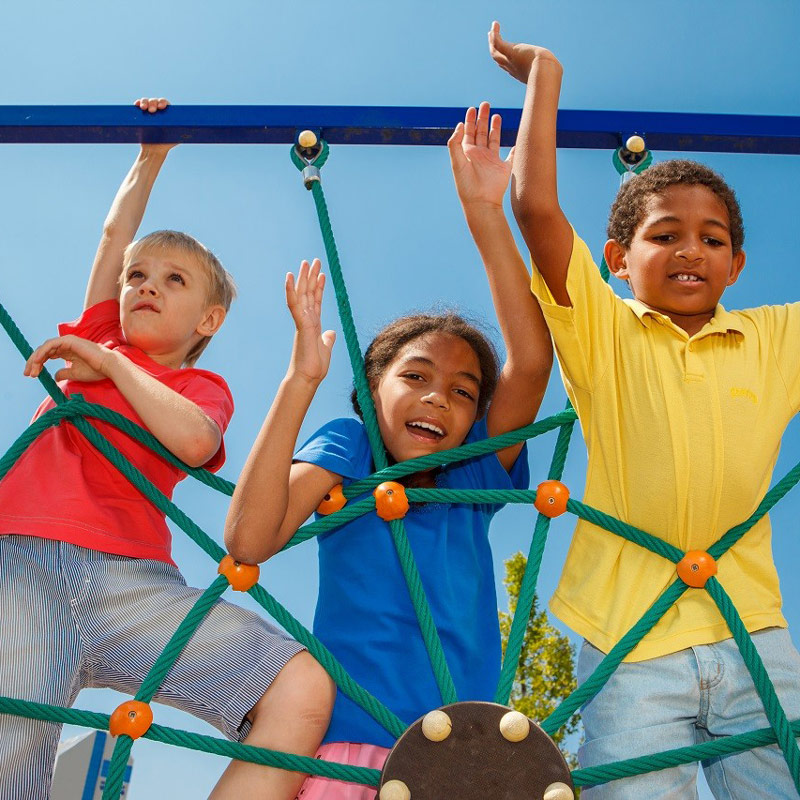Play is incredibly important to a child’s social, emotional, cognitive and physical development. Playgrounds provide children a place to have fun, explore, imagine and make new friends while spending time outdoors and away from electronics. Of course, playground accidents do happen and bone injuries are some of the most common injuries seen on the playground.
Each year in the United States, emergency departments treat more than 200,000 children ages 14 and younger for playground-related injuries. The most common orthopedic injuries that occur on the playground are fractures and dislocations of the elbows, wrists, forearms, legs and ankles.
Identifying a minor injury from a more serious injury can be difficult if there are no obvious signs of serious injury – such as a bone sticking out. If your child has limited range of motion or cannot bear weight on the injury, it may be a more serious injury. Range of motion, ability to bear weight and minimal pain or swelling can indicate a minor injury.
No matter what the injury – major or minor – visiting the nearest emergency room or urgent care is always a smart choice. However, you may want to consider choosing a center that specializes in children’s orthopedics.
Bones heal differently in children than adults – especially if an injury requires surgery. Because kids are constantly growing and developing, they need specialized pediatric orthopedic care if injured. Going to anyone other than a pediatric orthopedic doctor can cause further damage to a child’s growing bones. The pediatric orthopedic surgeons at Miller Children’s & Women’s Hospital Long Beach specialize in children’s bones and growth – including the treatment of playground injuries.
Tips to Prevent Playground Injuries
Next time you take your child out to the playground, there are some simple things that you can do to ensure your child has a fun time while staying safe.
- Adult supervision is key for safe play.
- Check that the playground is on material such as woodchips or mulch.
- Make sure the guardrails on equipment are in good condition to help prevent falls.
- Look out for things that your child might trip on such as rocks or tree stumps.
- Make sure your child uses age-appropriate equipment on the playground.
- Younger and smaller kids should stay closer to the ground and not use equipment that puts them more than one or two feet off the ground.
- When using a trampoline, make sure your child is jumping with kids with similar height and weight to prevent injury.
- If a fall should occur, encourage your kids to tuck in their arms and legs instead of extending them to brace the fall.
For more information, visit the Pediatric Orthopedic Center at Miller Children’s or call (877) 696-3622.


